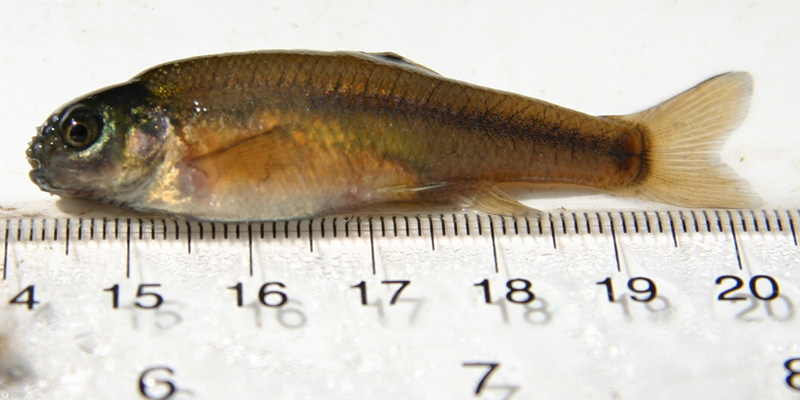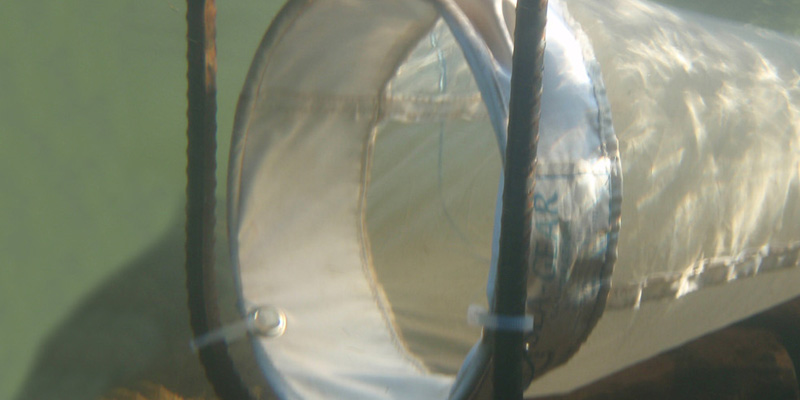Water & Ecology
Fish Population Assessment
Trinity Consultants’ Water & Ecology team is a leader in developing and implementing a variety of fish enumeration methods and monitoring programs in British Columbia, across Canada and around the world.
How Else We Can Help
Related Services

Fish and Fish Habitat Studies
Fish and fish habitat studies require expertise in fish behavior, site-specific capture techniques and more.
Aquatic Biological and Ecological Assessment
An understanding of the biology and ecology of aquatic ecosystems is critical to the design and interpretation of studies intended to evaluate potential influences of a project.Services
How We Can Help
What We Offer
- Determining the presence/absence of fish species
- Estimating the size of natural populations
- Monitoring fish movement
- Developing key life stages periodicity charts
- Monitoring for changes in population that may be caused by development.
- Electrofishing
- Snorkel surveys (including night snorkeling)
- Minnow trapping
- Video surveillance
- Mark-and-recapture techniques
- Radio telemetry and PIT tags with remote antenna receivers to monitor fish migration.